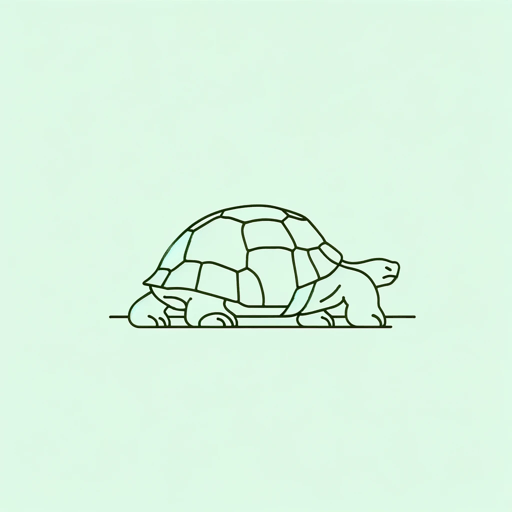68 pages • 2 hours read
Jodi PicoultHandle With Care
Fiction | Novel | Adult | Published in 2009A modern alternative to SparkNotes and CliffsNotes, SuperSummary offers high-quality Study Guides with detailed chapter summaries and analysis of major themes, characters, and more.
Themes
Visible and Invisible Illnesses and Disabilities
Content Warning: This section of the guide includes depictions of medical procedures and trauma, self-harm, sexual assault, suicide, disordered eating, outdated and offensive mental health beliefs and terminology, police brutality, and the death of a child.
Throughout the novel, there is a strong emphasis on how people with visible illnesses and disabilities, like Willow, are treated differently by people. Willow is often perceived as infantile and younger than she is because of her smaller stature, something that infuriates her. She reacts violently—and often immaturely—when this happens, such as when she trips a classmate who insisted Willow play the role of “baby” in a game of make-believe. Additionally, Willow faces discrimination, effectively being kicked out of her preschool because they are afraid of taking on the liability if she breaks a bone in their care. Willow also often struggles to make friends. Charlotte is thrilled when Willow talks about a friend who played with her at kindergarten but is devastated to learn that Willow is talking about her state-provided aide. On the day Marin films, her, she remarks that the kids in her classroom are just pretending to be her friends because they want to be on camera. Ultimately, Willow is never completely sure how people truly feel about her or whether they are just being nice to her because of her OI diagnosis.
Related Titles
By Jodi Picoult

A Spark of Light
Jodi Picoult

Between the Lines
Jodi Picoult, Samantha van Leer

House Rules
Jodi Picoult

Leaving Time
Jodi Picoult

Mad Honey
Jodi Picoult, Jennifer Finney Boylan

Mercy
Jodi Picoult

My Sister's Keeper
Jodi Picoult

Nineteen Minutes
Jodi Picoult

Plain Truth
Jodi Picoult

Salem Falls
Jodi Picoult

Small Great Things
Jodi Picoult

The Book of Two Ways
Jodi Picoult

The Pact
Jodi Picoult

The Storyteller
Jodi Picoult

The Tenth Circle
Jodi Picoult

Vanishing Acts
Jodi Picoult

Wish You Were Here
Jodi Picoult

